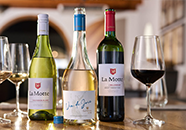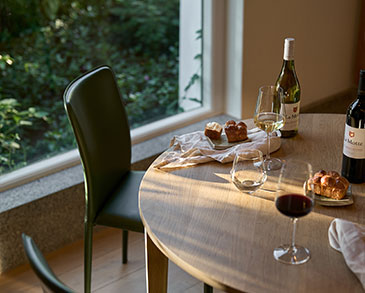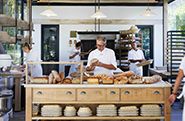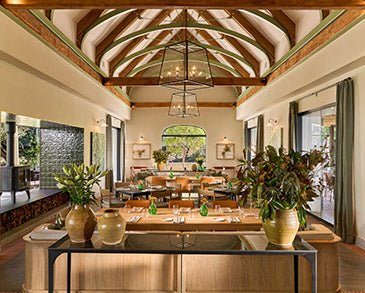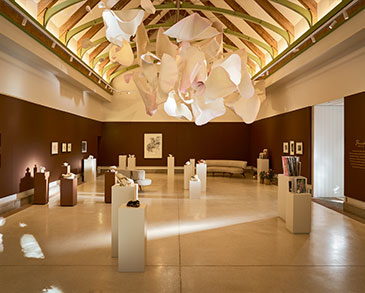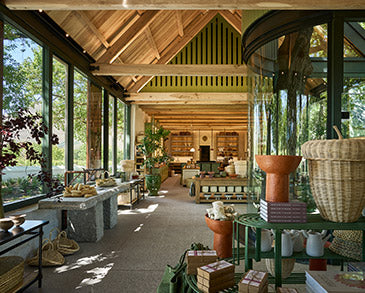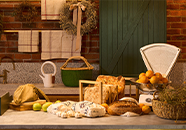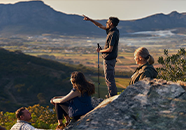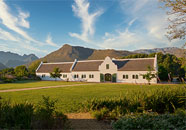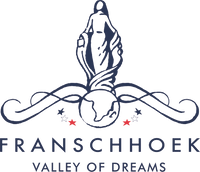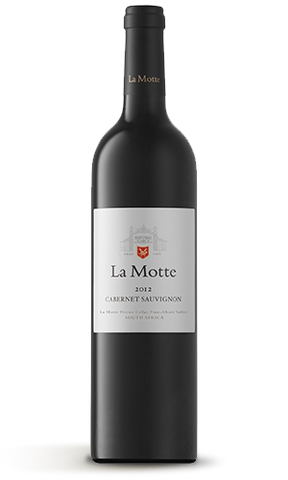
Grapes for the wine originate from vineyards at Stellenbosch (30%), Paarl (25%), Durbanville (15%), Walker Bay (15%) and Franschhoek (15%).
A number of factors resulted in a lower than average yield in most of the areas from which the grapes originate. Although it was reasonably cool during the growing season, some areas experienced drought conditions. Areas that did not have irrigation water available during the late season, experienced further losses later. The season will be remembered especially because of the heat waves in late January - during three consecutive days the temperature rose above 40 degrees Celsius in the Boland, followed, a few days later, by two more days of above 40 degrees.
All the vineyards are trellised and managed to maintain a perfect balance between leaf coverage and yield. Different clones and different areas of origin are represented in order to enhance complexity.
Grapes were picked in crates and cooled overnight. After cooling, the grapes were sorted by hand before and after de-stalking. Thereafter they were inoculated with selected yeasts. Fermentation was at between 23 en 28 °C. The wine was pumped over three times a day. After fermentation, extended skin contact of between 20 and 30 days was allowed.
Ruby red colour, with fine clinical fruit of wild berries and a hint of tomato leaf and cinnamon spice. A supple consistency with juice berry fruit and an earthiness in the finish.
Alcohol 13,84% Vol
Total acid 5,7 g/l
Residual sugar 2,7 g/l
pH 3,5

